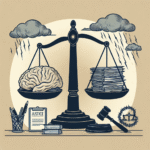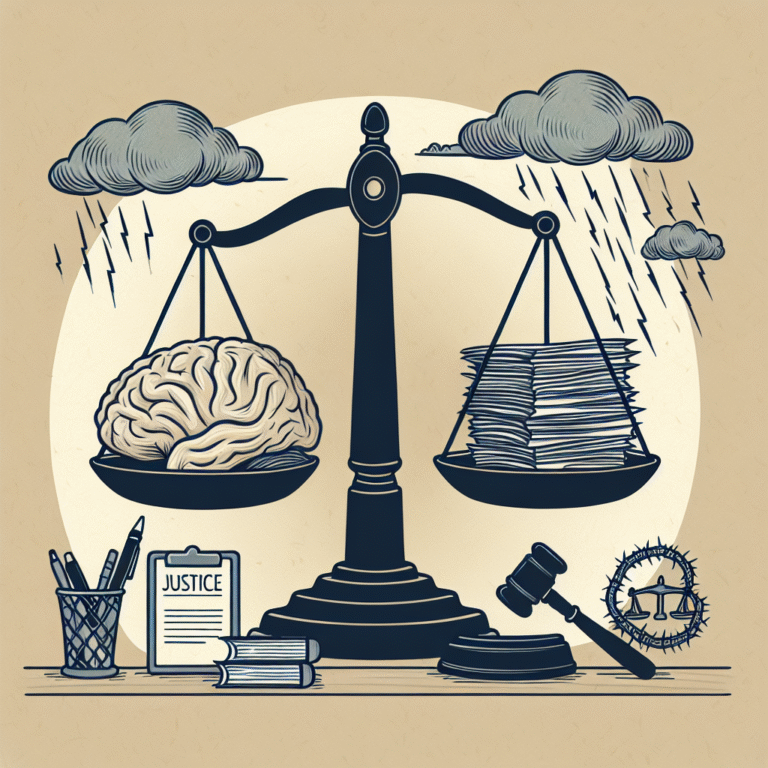
Healing from Within: Steps to Choose the Right Trauma-Informed Therapist for You
Introduction
In a world where the effects of trauma can linger for years, the journey towards healing often feels overwhelming. The trauma-informed approach to therapy emphasizes understanding, recognizing, and responding to the effects of all types of trauma. But how do you choose the right therapist to facilitate your healing journey? Healing from Within: Steps to Choose the Right Trauma-Informed Therapist for You is not just a mantra; it’s a guiding principle for those seeking solace and recovery from their past experiences. This comprehensive guide explores critical factors in selecting a trauma-informed therapist, offering insights, strategies, and real-world examples to support your healing process.
Understanding Trauma and Its Impacts
What Is Trauma?
Trauma occurs when an individual experiences an event that threatens their safety or makes them feel overwhelmed. These events range from childhood abuse and neglect to significant life changes, accidents, or even natural disasters. The effects of trauma are deeply personal and can manifest in various ways, including anxiety, depression, emotional dysregulation, and even physical ailments.
The Importance of Trauma-Informed Care
Trauma-informed care represents an essential shift in the mental health field. Unlike traditional therapy—which may overlook the history of trauma—a trauma-informed approach recognizes the central role that trauma plays in a person’s life. This methodology provides a safe space for individuals to process their experiences without re-experiencing trauma. The goal is to empower clients by fostering an environment of safety, trust, and healing.
Steps to Choose the Right Trauma-Informed Therapist
Choosing the right trauma-informed therapist is crucial for effective healing. Here are the essential steps to guide you in making this important decision.
Step 1: Understand Your Needs
Before seeking a therapist, it is essential to identify your specific needs. Here are some questions to consider:
- Are you dealing with specific traumas or an accumulation of life experiences?
- Do you have any preferences regarding the therapist’s gender, age, or background?
- Are you looking for a specific therapeutic approach (CBT, EMDR, DBT)?
Understanding your needs sets the foundation for finding a therapist who resonates with you.
Step 2: Research Credentials and Experience
Not all therapists are created equal, especially in trauma-informed care. When exploring potential therapists, verify their:
- Qualifications: Ensure they are licensed professionals in mental health fields, such as clinical psychology, counseling, or social work.
- Specializations: Look for therapists with experience dealing specifically with trauma.
- Training: Familiarize yourself with any specialized training in trauma-informed care methods.
Case Study: Finding the Right Fit
Meet Sarah, a young woman who experienced childhood trauma and felt anxiety in daily life. After realizing her needs, she searched for a therapist with experience in childhood trauma and EMDR therapy. By prioritizing her requirements, Sarah could find the right therapist who understood her conditions, leading her to a more fruitful therapeutic relationship.
Step 3: Explore Therapeutic Approaches
Different therapists use various therapeutic modalities. Some key trauma-informed approaches include:
- Cognitive Behavioral Therapy (CBT): Focuses on changing unhelpful thought patterns.
- Eye Movement Desensitization and Reprocessing (EMDR): Effective for processing traumatic memories.
- Dialectical Behavior Therapy (DBT): Helps individuals with emotional regulation and interpersonal skills.
Familiarize yourself with these approaches and discuss them with potential therapists to find a method that suits your style.
Step 4: Initial Consultations
Most therapists offer initial consultations, which are an excellent opportunity to gauge compatibility. During these meetings:
- Ask about their experience with trauma-informed care.
- Discuss your concerns and treatment goals.
- Assess their communication style and demeanor.
Step 5: Trust Your Gut
Trust your instincts. The therapeutic relationship is foundational to successful healing. If something feels off during the initial consultations or if you feel uneasy sharing your experiences, it might be wise to seek another therapist.
A Comparative Look at Trauma-Informed Therapies
| Therapy Modality | Focus | Best For |
|---|---|---|
| Cognitive Behavioral Therapy (CBT) | Thought patterns | Reshaping negative beliefs |
| Eye Movement Desensitization and Reprocessing (EMDR) | Memory processing | Resolving traumatic memories |
| Dialectical Behavior Therapy (DBT) | Emotional regulation | Those struggling with intense emotions |
This table allows you to visualize the available options and identify which approaches resonate most with your healing journey.
The Role of Rapport in Therapy
A strong therapeutic alliance can significantly impact healing success. Building rapport requires:
- Empathetic listening
- Non-judgmental attitudes
- Collaborative goal-setting
Case Study: The Power of Rapport
John entered therapy feeling skeptical and defensive due to previous harmful experiences with unfriendly therapists. However, he soon found a practitioner who patiently listened and validated his feelings. Over time, the rapport fostered trust, which facilitated deeper exploration of his trauma, ultimately leading to significant breakthroughs.
Conclusion
Choosing the right trauma-informed therapist is a pivotal step on your path toward healing. By following Healing from Within: Steps to Choose the Right Trauma-Informed Therapist for You, you empower yourself to make an informed decision that aligns with your needs, preferences, and healing journey. Remember that healing is a process, and finding the right therapist is just the beginning.
Seek professionals who understand your pain and offer a safe space to navigate your emotions. Trust in yourself as you take this crucial step towards reclaiming your life.
FAQs
1. What should I look for in a trauma-informed therapist?
Search for credentials, specializations in trauma, and a therapeutic approach that speaks to you. Prioritize therapists with a solid understanding of trauma-informed principles.
2. How can I feel safe during therapy?
Communicate with your therapist about your comfort levels. A good therapist will create a safe and supportive environment for you to explore your feelings.
3. What if I don’t click with my therapist?
It’s okay to seek a different therapist if the rapport isn’t right. Your comfort and connection matter immensely in the therapeutic process.
4. How long will therapy take?
The duration of therapy varies per individual. Factors include the nature of the trauma and personal progress. Consistency and openness to the process are essential for healing.
5. Can trauma-informed therapy help with childhood trauma?
Absolutely. Trauma-informed therapy is particularly effective for childhood trauma as it addresses deep-rooted emotional and psychological issues in a compassionate way.
Choosing a therapist is a personal journey, but with these steps and insights, you will be well-prepared to embark on your healing from within. Your journey starts today—embrace it!















